1
Campground
Campground Calendar
mm
/
dd
/
yyyy
mm
/
dd
/
yyyy
August | |||||||||||
|---|---|---|---|---|---|---|---|---|---|---|---|
Availability Table Bottom Menu
No Campsites Selected
Content is loading
August | |||||||||||
|---|---|---|---|---|---|---|---|---|---|---|---|
No Campsites Selected
Medicine Bow-Routt Nfs & Thunder Basin Ng
Hog Park Campground offers a peaceful setting on the southeast shore of Hog Park Reservoir. The campground provides access to the water for boating, fishing and water sports, as well as options for hiking the Continental Divide National Scenic Trail. It lies high in the Medicine Bow-Routt National Forests at an elevation of about 8,400 feet.
Hog Park has 50 sunny campsites, spread over three loops in the campground.
There are 27 reservable sites in the first two loops: sites 1 through 16, and sites 18,19,31,32 and sites 44 through 50.
The campground recommends tents and small campers for the 22 non-reservable, first come sites on the back loop. These are smaller sites and the loop has a tight turning radius.
Facilities include picnic tables, drinking water, fire grates, vault toilets and trash service. There is a boat ramp near the campground.
Check the elements
-What is in the skies? Check the weather report before you leave home. When you arrive at the site, keep on eye on the skies for changes and, if possible, carry a compact weather radio. In inclement weather, take shelter until the bad weather passes. Stay dry - wet clothes contribute to heat loss. Also, keep sleeping bags and important gear dry at all times.
-Are there forest or grassland alerts? Forest and grassland home pages post alerts you should know before you go. Many of our forests and grasslands also post alerts on Twitter. The latest fire information may be found on InciWeb.
Survey your surroundings
-Arrive early. Plan your trip so that you arrive at your actual campsite with enough daylight to check over the entire site and safely set up camp.
-Check for potential hazards. Be sure to check the site thoroughly for glass, sharp objects, branches, large ant beds, poison ivy, bees, and hazardous terrain.
-Avoid areas of natural hazards. Check the contour of the land and look for potential trouble spots due to rain or snow. Areas that could flood or become extremely muddy can pose a problem.
-Inspect the site. Look for a level site with enough room to spread out all your gear. A site that has trees or shrubs on the side of prevailing winds will help block strong, unexpected gusts.
-Pitch your tent in a safe spot. Make sure your tent is made of flame-retardant fabric, and keep it a safe distance away from campfires. Keep insects out of your tent by closing the entrance quickly when entering or leaving.
-Build fires in a safe area. Your open fires and fuel-burning appliances must be far enough away from the tent to prevent ignition from sparks, flames, and heat. Never use a flame or any other heating device inside a tent. Check to know whether there are fire restrictions in place before starting a campfire. You could be fined if you start a fire in a restricted area.
Be fire safe
-Keep fires small and bring firewood purchased in the local area. Firewood brought from another area could also bring invasive pests.
-If you have to collect firewood at your campsite, collect dead and down wood only.
-Check at the local ranger station for current fire restrictions, which can change on a daily, sometimes hourly, basis.
-Use existing fire rings. Scrape away litter and any other burnable material within a 10-foot-diameter surrounding the ring.
-Make sure all wood fits inside the fire ring. Do not feed a large log into the fire ring.
-Have a shovel, axe, and bucket of water available before lighting your campfire.
-Never leave a campfire unattended, even for a few minutes or even if there are no flames present. Many wildfires start because of abandoned fires or because someone thought a fire was out.
-Put out a campfire by slowly pouring water onto the fire and stirring with a shovel. Continue adding and stirring until all material is cool to touch.
-Do not bury your fire. The coals can smolder and re-ignite.
Be bear aware
Being outdoors means being with wildlife. Many people never encounter a bear. But if you do, here's some simple advice:
DO NOT RUN.
*Remain calm.
*Group together and pick up small children.
*Continue to face the bear and back away slowly, talking calmly to identify yourself as a human.
*If the bear continues to approach, try to scare it away by making yourself as large and imposing as possible by stretching your arms overhead and making loud noises.
*Carry and know how to use bear spray, which is available at many outdoor retailers and can be used to deter a charging bear.
Food Storage
Bears are always searching for food. Bears are curious, intelligent animals that have great memories. Their eyesight is similar to humans and their sense of smell is seven times more powerful than a blood hound’s, enabling them to smell food from miles away. Those are the very traits that can sometimes get them – and us – into trouble. Most bears are wary of humans and try to avoid them. However, bears can learn to associate people with food and be tenacious in their pursuit of something to eat. Even if humans are around.
Everyone in bear country must do our part to store food and other attractants in bear-resistant containers at all times, and dispose of trash in bear-resistant dumpsters.
Southwest of Saratoga, Wyo. on the Medicine Bow National Forest lies the Sierra Madre Range, which is a part of the main range of the Rocky Mountains. There are two wilderness areas in the Sierra Madre Range: Huston Park Wilderness and Encampment River Wilderness. Named for the famous battle between Indians and Fur Trappers in 1841, the 57-mile Battle Pass Scenic Byway runs through this area. This byway is known for its scenic views, especially during fall when the colors are changing.
This area has many activities such as hiking, fishing, mountain biking, camping, snowmobiling, and cross country skiing.
The Medicine Bow-Routt National Forests and Thunder Basin National Grassland encompass nearly 3 million acres from central and northeastern Wyoming to north-central Colorado.
This campground has been logged to remove all beetle killed trees and is now a sunny campground with a broad view of the reservoir and surrounding mountains. Areas of interest include the Continental Divide, Green Mountain Falls and the Encampment River headwaters.
Lake and Pond Fishing
Areas for Lake and Pond Fishing at Sierra Madre Area
River and Stream Fishing
Areas for River and Stream Fishing at Sierra Madre Area
Day Hiking
Areas for Day Hiking at Sierra Madre Area
Backpacking
Areas for Backpacking at Sierra Madre Area
Viewing Wildlife
Areas for Viewing Wildlife at Sierra Madre Area
Viewing Plants
Areas for Viewing Plants at Sierra Madre Area
Viewing Scenery
Areas for Viewing Scenery at Sierra Madre Area
P.O. BOX 249, SOUTH HWY 130 SARATOGA WY 82331
Learn more about gear rental options for your trip
From Encampment, Wyoming, travel west on Highway 70 approximately 6 miles. Turn left on Forest Road 550 and travel south about 16 miles to the junction of Forest Roads 550 and 496. Stay left and travel 3 miles. The campground is south of the dam.
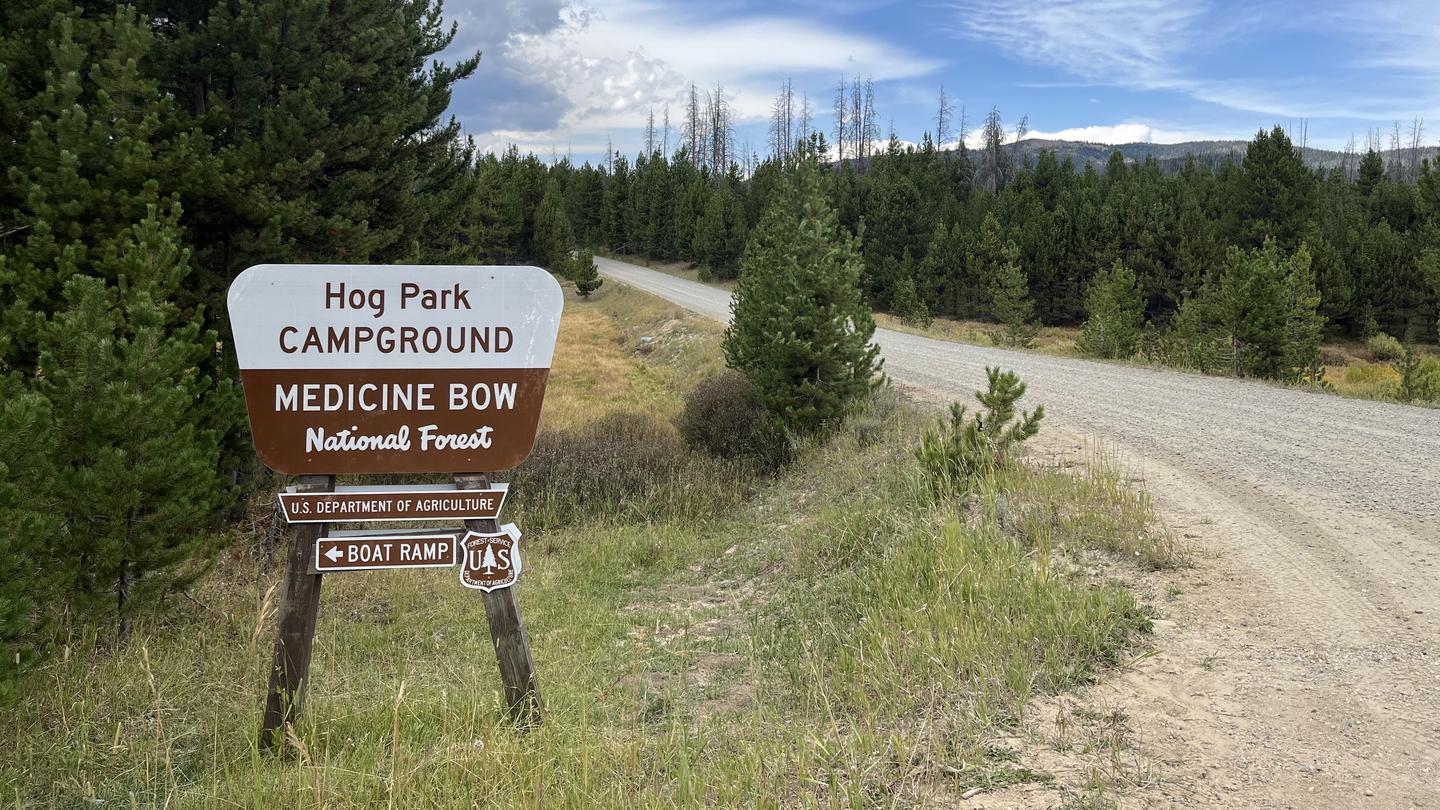
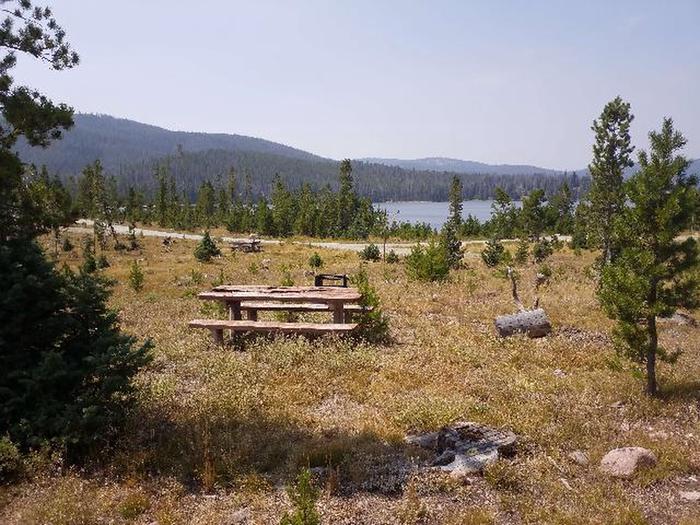

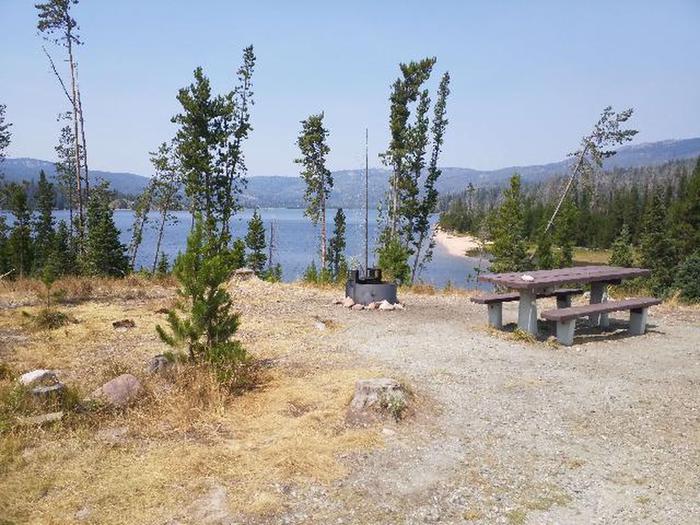
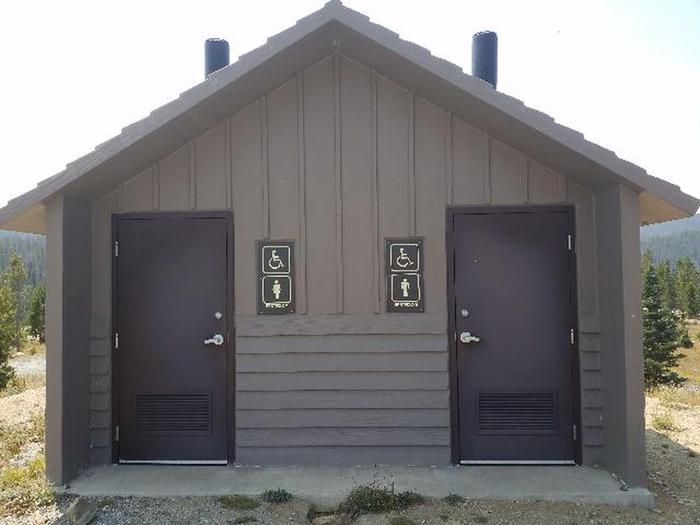
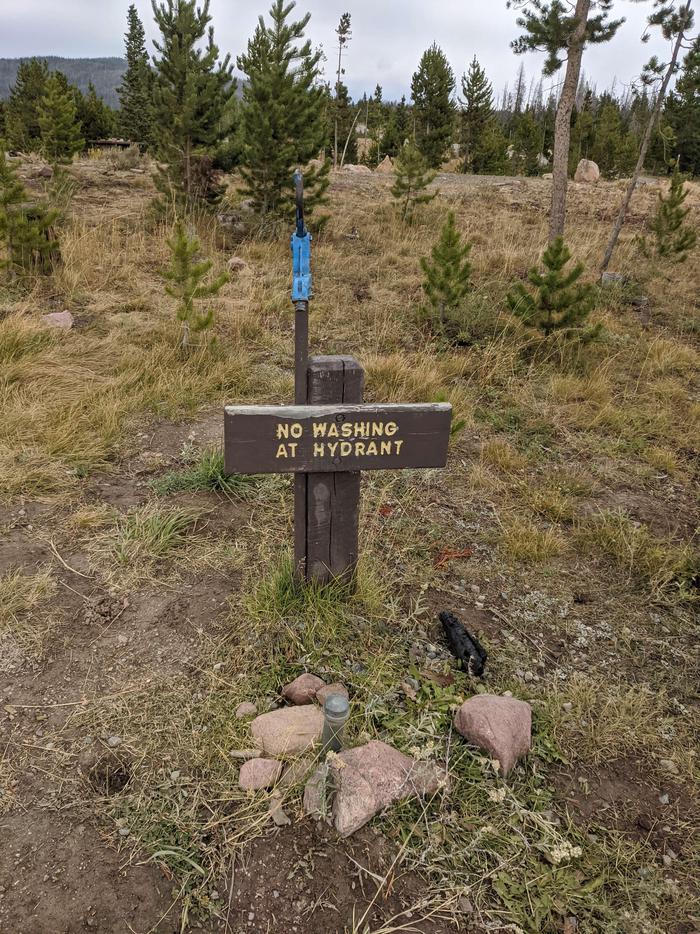
Recreation.gov is your gateway to explore America's outdoor and cultural destinations in your zip code and across the country. We provide tools and tips to discover new adventures through a one-stop shop for inspiration and ideation, trip planning, information sharing, and reservations. Find incredible places and experiences that help you bring home a story through Recreation.gov!